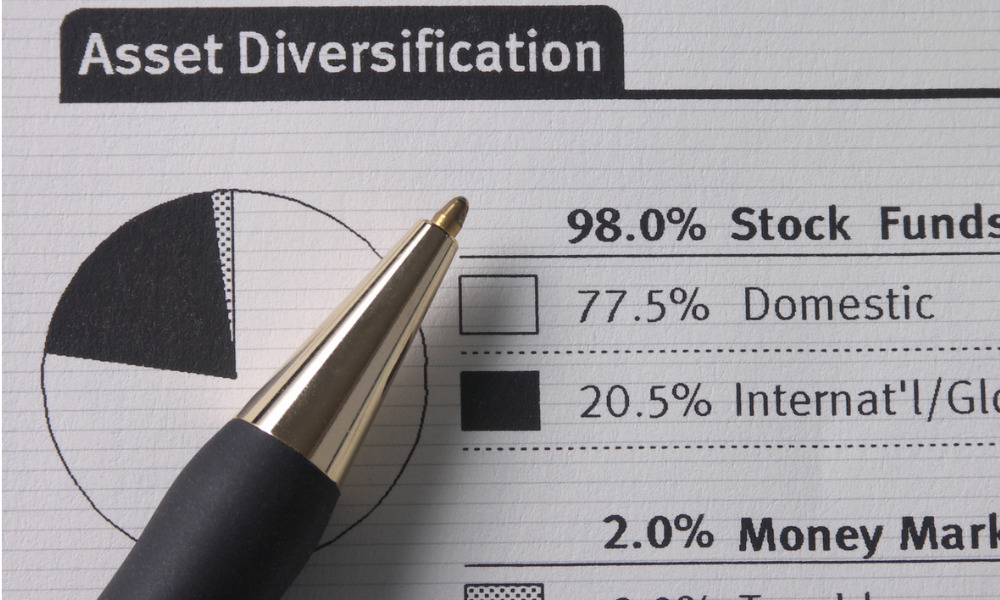Although systematic investing may not be the best option compared to buy-and-hold investment, it can nonetheless improve investors’ real performance by assisting them in avoiding the traps of inadvertent inflows and outflows, according to Arnott.
Allocation funds, which include stocks, bonds, and other assets, continue to exhibit the smallest gaps, while U.S. equity funds and taxable bond funds, the two largest types by net assets, experienced fewer gaps than the broad fund universe.
The highest gaps between investor and fund returns were produced by sector, nontraditional equity, and international equity funds, and it has been shown that more volatile funds frequently lead to the biggest investor shortfalls.
It was harder to see how return gaps and fees related. While the cheapest U.S. stock funds had narrower gaps than the costliest ones, this was not the case for taxable bond and unconventional equity funds.


